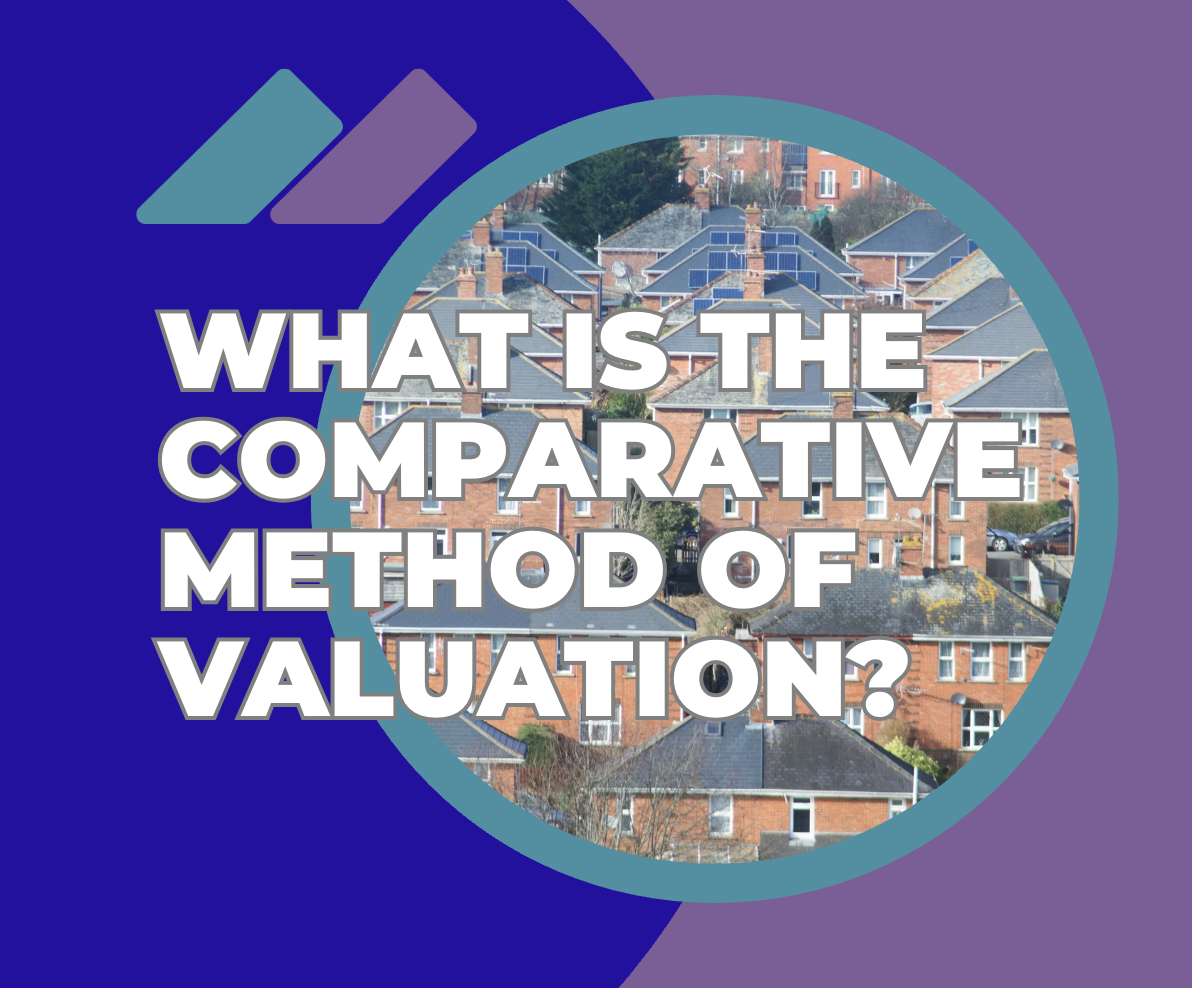In an ever changing property market, ensuring accurate valuation has never been more essential.
The most favoured method of property valuation for residential property tends to be the Comparative Method or Comparison approach, as this uses historic transactions and achieved prices to determine the value of a property.
The Comparative Method is completed in a number of straightforward steps:
1) Property Inspection
The surveyor, also commonly referred to as a valuer, will inspect the property, during which time they will measure it to determine the size. They will also assess the condition and any characteristics that may affect the value, such as modern bathrooms, kitchens, double glazing and similar features.
2) Market Research
After the inspection, the valuer will have a firm understanding of the property and will move on to their research. The rule of thumb is to locate similar property sales as close to the subject property as possible. If those results are limited, the valuer will widen the search area, typically to around 0.5 to 1 mile from the property.
3) Analysis and Adjustment
Once the market research has been completed, the valuer will have a list of comparable property sales, also referred to as comparables. They will then adjust these properties to account for differences when compared to the subject property. These differences may include location, condition, size, date of sale and any other factors that influence value.
4) Property Valuation
The outcome of this process will be the completion of a valuation report. This will confirm the valuer’s opinion of the property value. The report will also present the comparables and the adjustments applied to the subject property.
At Stokemont, we have constructed an in house valuation algorithm that enables our valuers to make accurate adjustments to any property we are valuing. This is linked to market conditions, Land Registry sales data, and leading lenders’ house price information. This ensures our property valuations are accurate and reflective of broader market considerations.
We provide stand alone valuations and also complete valuations as part of our Level 2 Surveys and Level 3 Surveys.
If you would like to discuss your property valuation requirements, get in touch with us today.




